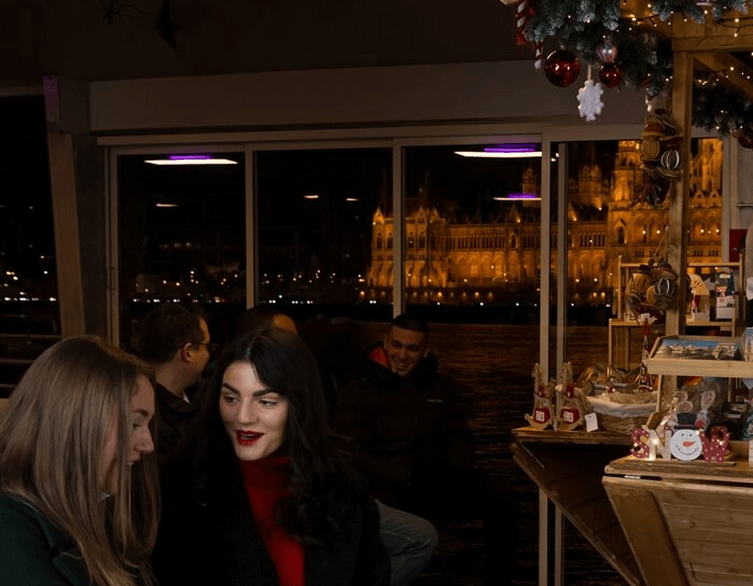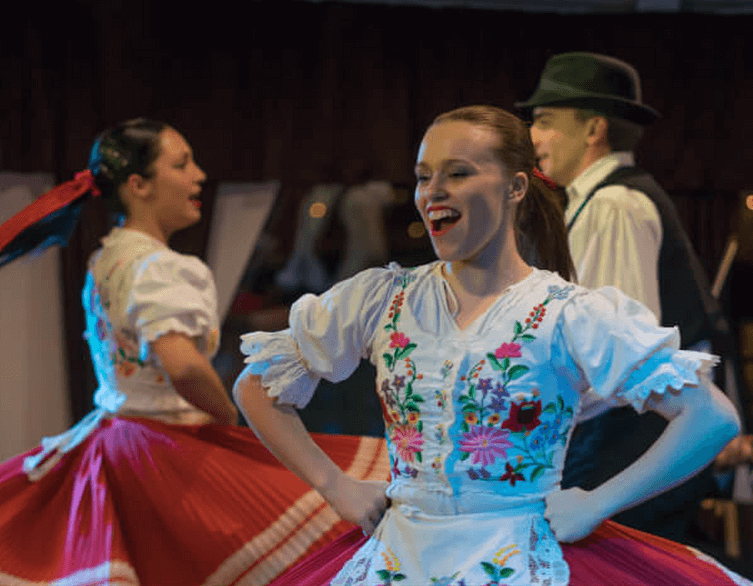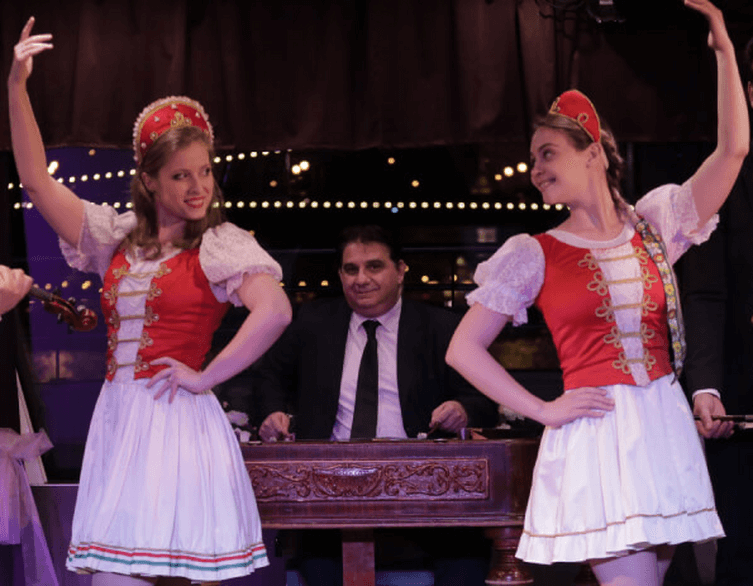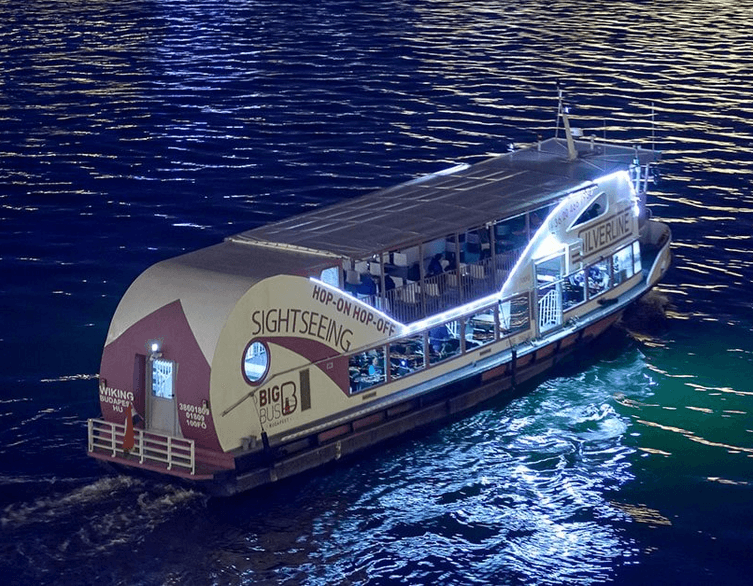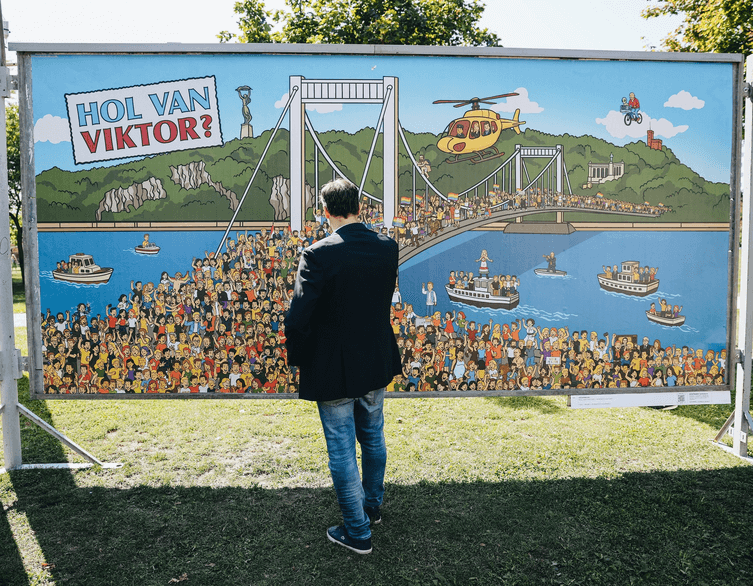The ARC Exhibition: Budapest’s Bold 25-Year Journey of Artistic Expression
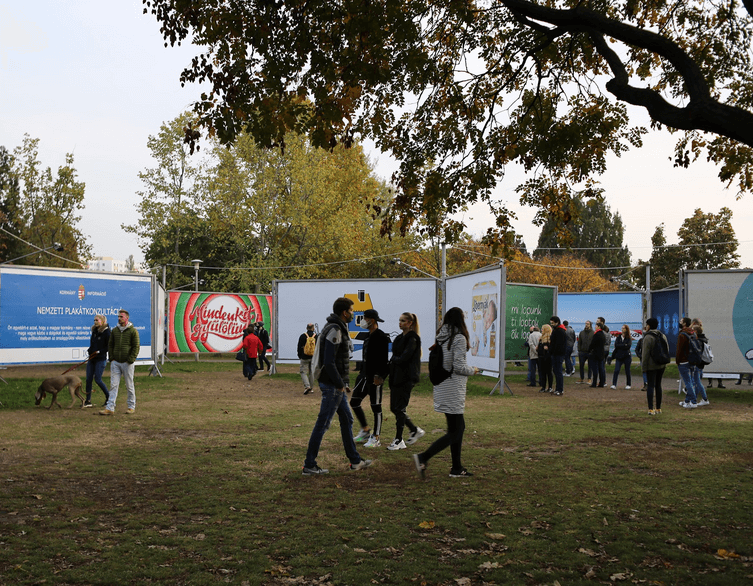
A Quarter-Century of Poster Art That Makes You Think
There’s something beautifully rebellious about an art exhibition that’s been asking uncomfortable questions for 25 years and shows no signs of stopping. Welcome to Budapest’s ARC Exhibition – a cultural phenomenon that’s been turning heads, sparking debates, and making people think since the year 2000.
What Is ARC, Really?
The name says it all: ARC stands “against facelessness and impossibility” (arctalanság és képtelenség ellen in Hungarian). For 25 years, this isn’t just what they’ve called themselves – it’s been their mission statement, their battle cry, and their promise to anyone willing to engage with art that doesn’t pull punches.
Since its inception in 2000, ARC has been fundamentally about creative freedom. The concept is brilliantly democratic: anyone can submit their work, no restrictions, no gatekeeping. The exhibitions are completely open to the public, accessible 24/7, and entirely free. It’s art for everyone, by everyone – a radical idea that’s proven remarkably enduring.
The 25-Year Milestone: “IS THIS ALL“
This year’s silver anniversary comes with a theme that perfectly captures ARC’s never-satisfied spirit: “ENNYIKE?” (IS THIS ALL?). It’s a question that cuts right to the heart of what the exhibition has always been about – taking a hard look at progress, society, and whether we’re really reaching our potential.
The timing couldn’t be more poignant. Twenty-five years is long enough for someone to be born and graduate university. It’s enough time to spread the internet, social media, and artificial intelligence across the world. It’s enough time to learn, grow, change – and to make the world better 25 times over.
But the question the 2025 exhibition poses is stark: “After 25 years, where has Hungary ended up?”
A Mirror Held Up to Society
The 2025 theme doesn’t shy away from difficult topics. It challenges viewers to consider whether Hungary has lived up to its potential as a Christian nation while questioning policies on immigration and LGBTQ+ rights. It examines the state of press freedom, the economy, and Hungary’s international relationships. It asks whether the country truly cares for its elderly, children, mothers, sick, lonely, and helpless citizens.
These aren’t comfortable questions, but comfort has never been ARC’s goal. The exhibition serves as Hungary’s annual reality check, delivered through the powerful medium of poster art.
The Numbers Tell a Story
The scale of participation speaks volumes about ARC’s cultural impact. This year alone, over 1,000 submissions poured in from artists eager to contribute their voice to the conversation. The professional jury faced the enviable but challenging task of selecting the finest works from this massive pool of creativity.
This level of participation has helped establish ARC as Hungary’s most visited outdoor exhibition – a title that reflects not just curiosity, but genuine engagement with the issues the artworks address.
The Bikás Park Experience
Since finding its home at Bikás Park in Újbuda, the exhibition has created something unique in Budapest’s cultural landscape. The outdoor setting isn’t just practical – it’s philosophical. These aren’t artworks hiding behind gallery walls or requiring special appointments to view. They’re out in the elements, accessible to anyone, anytime.
Getting there is simple: take Metro Line 4 to Bikás Park station, and you’re literally steps away from one of Europe’s most provocative art experiences. The free, 24/7 access means you can experience these powerful images whether you’re an early morning jogger, a lunch-break wanderer, or a late-night contemplator.
More Than Just an Exhibition
What makes ARC special isn’t just the art – it’s the conversations. The exhibition has evolved into what organizers describe as Budapest’s largest opinion-forming visual cultural event. The posters don’t just hang there looking pretty; they generate discussions, arguments, and deep thinking that extends far beyond the four weeks of the official exhibition.
Best deals of Budapest
People quote ARC posters. They reference them in debates. They share them on social media and discuss them over dinner. The exhibition creates a year-round cultural dialogue, with the annual display serving as the focal point of ongoing conversations about society, politics, and the human condition.
The Democratic Art Process
Perhaps ARC’s most radical aspect is its commitment to creative democracy. The open submission policy means that established artists compete alongside students, amateurs, and anyone else with something to say. This isn’t about artistic credentials or gallery connections – it’s about ideas, creativity, and the courage to speak truth through visual art.
This approach has created something rare in the art world: a genuinely inclusive space where the quality of the idea matters more than the reputation of the artist.
A Cultural Institution with Rebel Spirit
After 25 years, ARC faces an interesting challenge: how do you maintain your rebellious spirit when you’ve become an institution? The answer seems to lie in never getting comfortable, never settling for easy answers, and always pushing both artists and viewers to dig deeper.
The exhibition has become a traditional part of Budapest’s cultural offerings, but it’s tradition with teeth – the kind that doesn’t let society off the hook just because “that’s how we’ve always done things.”
Why This Matters for Budapest (and Beyond)
The ARC Exhibition represents something essential about Budapest’s character: the city’s willingness to engage with difficult questions, to provide platforms for diverse voices, and to treat art as a vital part of civic life rather than mere decoration.
For visitors to Budapest, ARC offers something you won’t find in guidebooks: a genuine insight into how the city thinks about itself, its challenges, and its possibilities. It’s Budapest’s annual soul-searching session, conducted in public, through the power of visual storytelling.
The 2025 Exhibition: When and How
The 25th ARC Exhibition runs from September 12 to October 12, 2025, at its established home in Bikás Park. The outdoor, round-the-clock format means you can experience these thought-provoking artworks on your schedule, in your way.
Whether you visit during the bright clarity of morning, the bustling energy of afternoon, or the contemplative quiet of evening, each viewing offers a different perspective on both the artworks and the questions they raise.
Looking Forward
As ARC celebrates its 25th anniversary, the exhibition stands as proof that art can be both accessible and challenging, both popular and profound. It demonstrates that giving everyone a voice doesn’t diminish quality – it enhances diversity of thought and creative expression.
The question “ENNYIKE?” (IS THIS ALL?) that defines this year’s exhibition could just as easily be asked about the exhibition itself. After 25 years of artistic rebellion and social commentary, is this all ARC can offer?
If history is any guide, the answer is a resounding no. ARC has always been about pushing further, asking harder questions, and refusing to settle for the status quo. Its 25th anniversary isn’t a stopping point – it’s a launching pad for whatever comes next.
The ARC Exhibition has proven that Budapest isn’t just a beautiful city with stunning architecture and relaxing thermal baths (though it’s definitely those things too). It’s also a place where ideas matter, where creativity serves democracy, and where art engages directly with the most important questions of our time.
After 25 years, that’s not just impressive – it’s essential.
Related news
Related events



